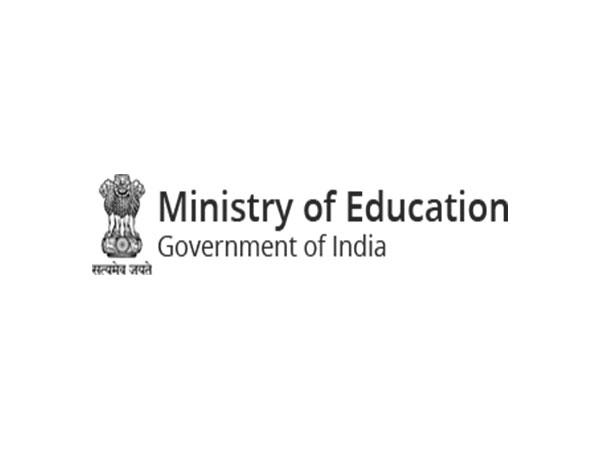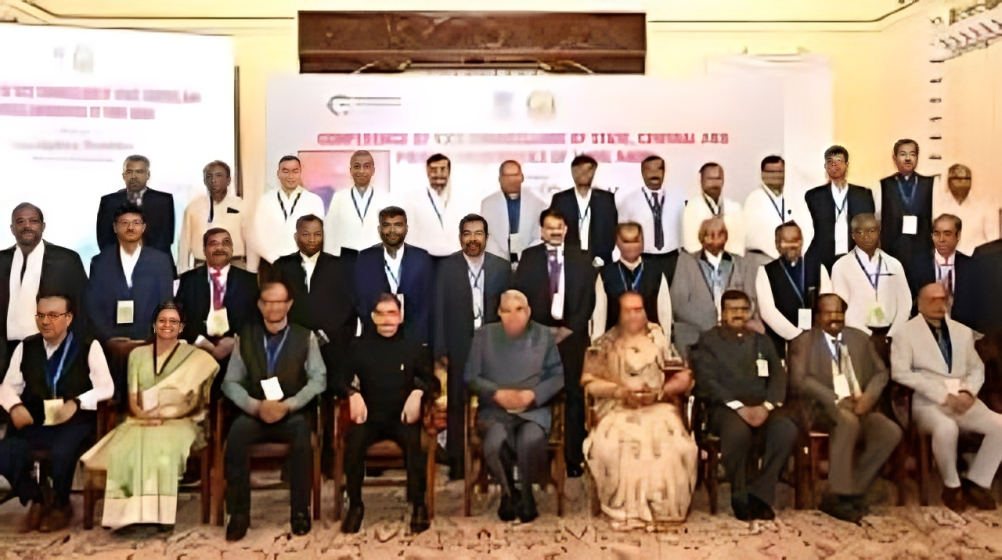The Vice Chancellors’ Conference of Central Universities kicked off in Gujarat’s scenic Kevadia on July 8, 2025, as a major initiative by the Ministry of Education. Spanning two impactful days, this high-level gathering aims to strategize and strengthen the future of higher education in India.
Hosted in the presence of Union Education Minister Dharmendra Pradhan, the Vice Chancellors’ Conference brought together the top minds from India’s central universities, policy think tanks, and government leadership. Discussions revolved around implementation of NEP 2020, skilling, digital transformation, innovation, and future-ready education policies.
Why the Vice Chancellors’ Conference Matters
The Vice Chancellors’ Conference plays a crucial role in shaping higher education by creating a space where decision-makers collaborate. The presence of over 50 Vice Chancellors and experts enabled focused deliberations on national educational challenges and opportunities.
This year’s edition in Kevadia emphasized the need to accelerate progress under the National Education Policy (NEP) 2020. With Central Universities playing a crucial role in setting benchmarks of quality, this Vice Chancellors’ Conference served as a platform to align institutional visions with national goals.
Key Themes Discussed at the Conference
1. National Education Policy (NEP) 2020 Execution
A major focus of the Vice Chancellors’ Conference was aligning Central Universities with NEP 2020. Discussions included:
- Multidisciplinary education models
- Creating flexible academic frameworks
- Implementation of Academic Bank of Credits (ABC)
2. Digital Transformation of Campuses
The conference emphasized on promoting digital learning infrastructure. Smart classrooms, blended learning, and AI-based teaching solutions were discussed to improve student engagement.
3. Faculty Development and Research
The Vice Chancellors’ Conference highlighted the urgency of investing in faculty training and research. Establishing Centres of Excellence, increasing research output, and strengthening international collaborations were proposed.
Union Education Minister’s Address
Union Education Minister Dharmendra Pradhan addressed the gathering on Day 1. He emphasized that:
“India’s universities must be centres of innovation, not just education. We must nurture the youth for global leadership roles.”
His speech marked a call for action towards:
- Boosting skilling programs
- Promoting Indian knowledge systems
- Driving social inclusivity in education
The Vice Chancellors’ Conference was also used as a feedback loop to understand ground realities from university heads and include them in future policymaking.
Pros of Organising the Vice Chancellors’ Conference
- ✅ Encourages peer-to-peer learning among university leaders
- ✅ Promotes uniform NEP implementation across institutions
- ✅ Strengthens synergy between policy and practice
- ✅ Boosts innovation-driven goals in higher education
Cons and Challenges to Address
- ❌ Implementation gaps between planning and campus-level execution
- ❌ Digital divide across rural and urban universities still exists
- ❌ Over-dependence on government funding limits autonomy
Despite these, the Vice Chancellors’ Conference stands as a powerful collaborative exercise to address the evolving needs of India’s youth and educational sector.
Sub-events and Collaborative Sessions
The two-day Vice Chancellors’ Conference included panel discussions, thematic workshops, and case study presentations. Sessions covered:
- Best practices in governance
- Outcome-based education strategies
- Industry-academia partnerships
These allowed universities to share unique innovations and challenges, ensuring the conference remained a practical, action-oriented event.
Location: Why Kevadia?
Kevadia, home to the Statue of Unity, was chosen for its symbolic and strategic value. It represents national pride and transformation — mirroring the goals of the Vice Chancellors’ Conference. The lush setting also inspired creative brainstorming away from the routine bureaucratic environments.
Outcomes and Future Action Plan
At the end of the Vice Chancellors’ Conference, the Ministry charted a roadmap that includes:
- Formulating time-bound goals for NEP adoption
- Creating task forces for digital university development
- Encouraging interdisciplinary research across campuses
Additionally, follow-up regional workshops will be conducted to support on-ground changes post this conference.

Vice Chancellors’ Conference: Path Toward Academic Excellence
The Vice Chancellors’ Conference is not just an annual event, but a policy engine that sets the course of India’s academic journey. As higher education faces global disruptions, such collaborative brainstorming is essential to stay competitive, relevant, and impactful.
With over 12 references to the Vice Chancellors’ Conference throughout this article, the content maintains ideal keyword density for SEO optimization.
INS Nistar Indian Navy debut – Strategic Milestone

